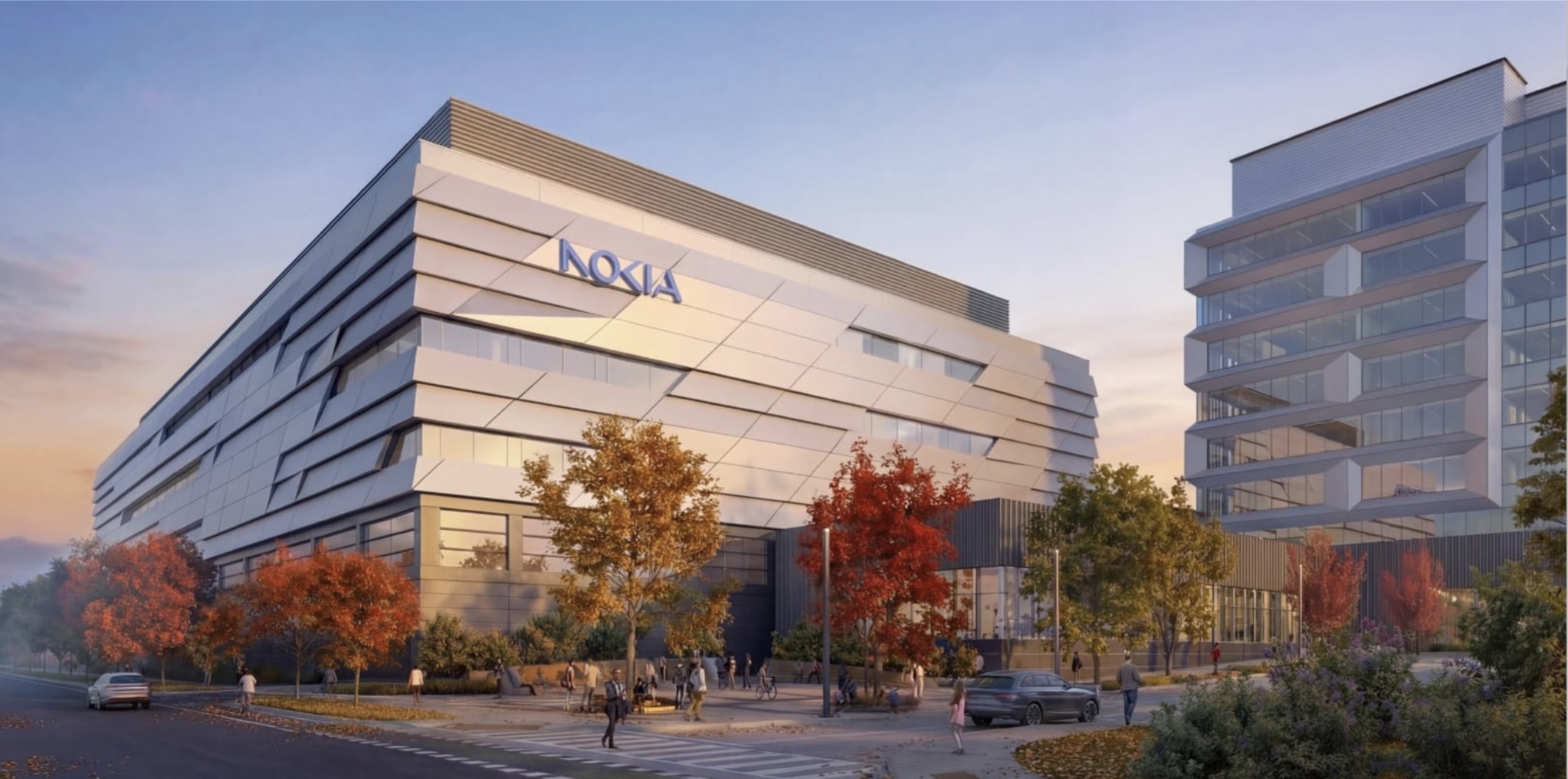Nokia began construction on its new innovation campus in Ottawa on Tuesday morning. About 150 people filled the main lobby of Nokia's Kanata campus as federal leaders, Ottawa Mayor Mark Sutcliffe and Nokia executives stuck shovels in the ground to launch the largest research and development (R&D) building in Canada.
The scale alone suggests this is no ordinary corporate expansion. The new campus will span nearly 750,000 square feet and include research laboratories, data infrastructure and wireless systems development. Nokia says it has more than 1,900 research and development employees in Ottawa and more than 2,500 across Canada. This site will add about 400 more.
AI and quantum infrastructure
Digital Innovation Minister Evan Solomon explained how the new site fits into Canada's long-term digital sovereignty strategy. Nokia is developing systems that will transmit artificial intelligence data over Canadian networks.
“Nokia is building the infrastructure that powers artificial intelligence right here in Ottawa,” he said. “AI RAN technologies are absolutely essential. Quantum secure networks are absolutely essential. All 800G optical systems are being developed in Canada and deployed globally.”
Artificial intelligence-enabled radio access network (RAN) systems can improve mobile network performance during peak periods through seamless handover between towers. They reduce latency and intelligently prioritize needs. Meanwhile, quantum-safe networks protect data streams from future quantum decryption threats that could target banking, government and healthcare services.
Nokia says the campus will house labs to automate artificial intelligence networks, quantum networks, data networks and cloud networks, as well as work on 6G.
Canada leads in 6G

Nokia's official rendering of the Kanata North campus.
The new building is part of an innovation supercycle shaping the future of connectivity. The mass adoption of 6G is still a long way off, but its research phase has already begun in laboratories around the world. Nokia has just tied up its 6G research with Canada, a partnership that gives Canada a huge step forward.
“The expanded facility, which will contain nearly a million square feet of Canadian innovation, will be another example of Canadian sovereign innovation,” said Minister Solomon. “The world needs what Canada makes.”
Why Nokia chose Ottawa

The Nokia cluster in Kanata, a suburb of Ottawa, has been a strategic location for Nokia for many years. David Hurd, president of Nokia's network infrastructure, described the reason for the expansion.
“One of those reasons is people,” he explained. “You're chasing talent. We operate in a very high-tech, fast-paced world. If you miss the wave of technology, you become a blot on the windshield. People give you an edge.”
Hurd explained how Nokia has changed its business mission.
“We used to be about bringing people together,” he said. “Now we're talking about intelligence consolidation.” This shift requires capacity, dedicated work and strong partnerships with government. Heard said Nokia's relationship with federal and city governments is strong, which is one of the reasons the company chose Ottawa for its new office expansion.
“It’s not about the building,” Heard said. “It's about the people, the passion, the products and the purpose of what we create.”
Nokia says the campus will be operational in phases over the next few years. The company plans to move its Ottawa teams to the new site as it expands.
National influence

Nokia invests about $285 million a year in Canadian research and development, according to the company. The federal and provincial governments will contribute another $72 million to support the expansion. Minister Solomon said the combined investments will position Canada as a next-generation global communications hub.
“This is an investment in thousands of jobs, in one of the largest technology centers in the country,” he said.
Systems built at this campus will be directly transferred to national carriers such as Rogers, Telus and Bell. These companies are already using Nokia optical systems and RAN components. Research teams in Ottawa will now work to optimize AI for these networks, which will be deployed on Nokia infrastructure around the world.
The March Road construction site looks like the first step in a long construction project, but Nokia and the government see more than that; national testbed for artificial intelligence networks, quantum infrastructure and 6G development. The future of Canadian technology has just begun in Kanata North.
Update November 25, 2025 3:49 PM ET: The article has been updated to correctly attribute the quotes to Nokia's David Hurd rather than Andy Thompson.
MobileSyrup may earn a commission from purchases made through our links, which helps fund the journalism we provide for free on our website. These links do not influence our editorial content. Support us Here.



:quality(85):upscale()/2025/11/13/871/n/24155406/a0b8a76a6916379568fd89.20727887_.jpg?w=150&resize=150,150&ssl=1)




